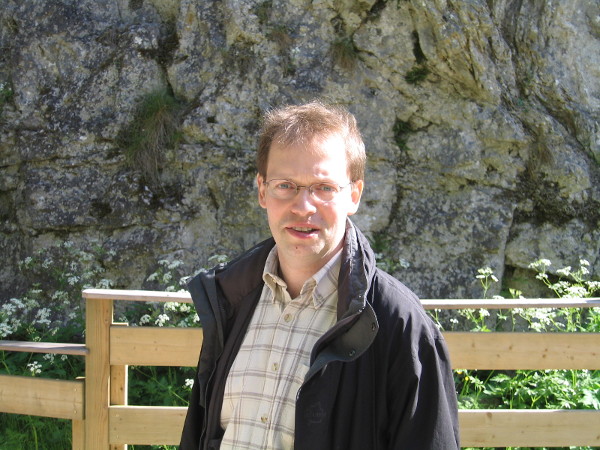Operator algebras conference in memory of Étienne Blanchard
→
Europe/Paris
Bâtiment Sophie Germain, Amphi Turing (Université Paris Diderot)
Bâtiment Sophie Germain, Amphi Turing
Université Paris Diderot
8 Place Aurélie Nemours, 75013 Paris
Description
This conference is dedicated to the memory of Étienne Blanchard, who was a Research Fellow at IMJ-PRG, in the Operator Algebras team.

Inscription
Registration
Participants
Enquêtes
Conference dinner
